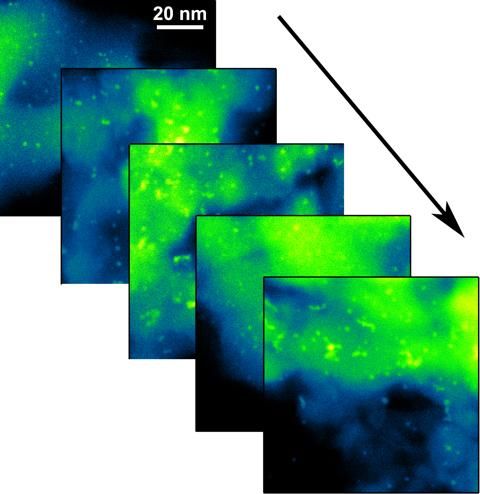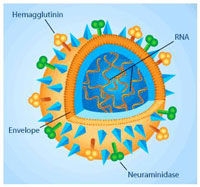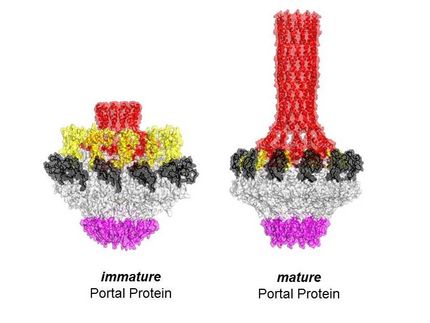Herpes virus decoded using new methods
A comprehensive systems biological analysis of the herpes virus genome has caused some surprises
The genome of the herpes simplex virus 1 was decoded using new methods. Hundreds of previously unknown gene products were found. The virus causes lip herpes, but can also be life-threatening.

Symbolic image
pixabay.com, CC0
Until now, scientists had assumed that there are about 80 so-called open reading frames (ORFs) in the genome of herpes simplex virus 1 (HSV-1). These are the locations in the genome where the information in the DNA is read and translated into proteins. It is now clear that there are a lot more – namely 284 ORFs. These are translated from hundreds of novel viral transcripts, which have now also been identified.
This is what research groups from Julius-Maximilians-Universität (JMU) Würzburg in Bavaria, Germany, and other institutions report in the journal Nature Communications.
"The new findings now make it possible to study the individual genes of the virus much more precisely than before," says Professor Lars Dölken, head of the JMU Chair of Virology. He was in charge of this project together with Florian Erhard, JMU junior professor of systems virology.
Several institutions involved
The research team used a broad spectrum of the latest systems biology methods for the study. In addition to JMU, the Max Delbrück Center for Molecular Medicine in Berlin, the University of Cambridge in England and Ludwig-Maximilians-Universität of Munich were involved.
The data are not only important for a better understanding of the virus itself. They also have concrete implications, for example for the development of HSV-1-based oncolytic viruses. These are viruses that are used in immunological therapies of certain tumor diseases, such as malignant melanoma.
Facts about herpes simplex virus 1
Herpes simplex viruses of type 1 (HSV-1) are known to many people as the cause of unpleasant itching cold sores. An infection with this virus type can also have serious consequences. For example, HSV-1 can cause life-threatening pneumonia in patients in intensive care units. And in healthy people, it can cause encephalitis, which often leads to permanent brain damage.
Once infected with the virus, a person will retain it for the rest of his or her life: herpes viruses permanently nestle in body cells. There they usually remain inconspicuous for a long time. Only under special circumstances, such as a weakened immune system, they become active again.
Original publication
Other news from the department science

Get the analytics and lab tech industry in your inbox
By submitting this form you agree that LUMITOS AG will send you the newsletter(s) selected above by email. Your data will not be passed on to third parties. Your data will be stored and processed in accordance with our data protection regulations. LUMITOS may contact you by email for the purpose of advertising or market and opinion surveys. You can revoke your consent at any time without giving reasons to LUMITOS AG, Ernst-Augustin-Str. 2, 12489 Berlin, Germany or by e-mail at revoke@lumitos.com with effect for the future. In addition, each email contains a link to unsubscribe from the corresponding newsletter.
Most read news
More news from our other portals
Last viewed contents

Physicists propose a new method for monitoring nuclear waste - Scenarios for using neutrino detectors in nuclear interim storage facilities
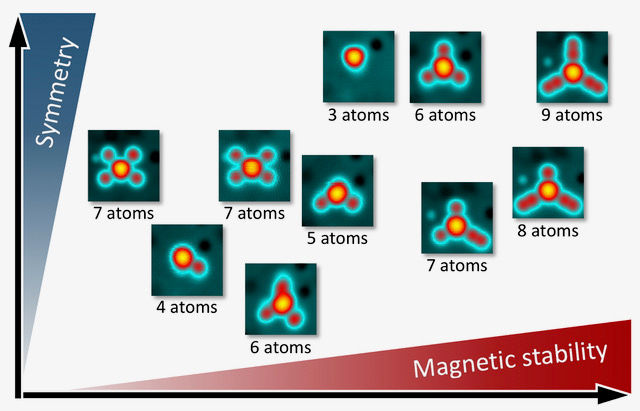
Nano Puzzle for More Stable Data Storage
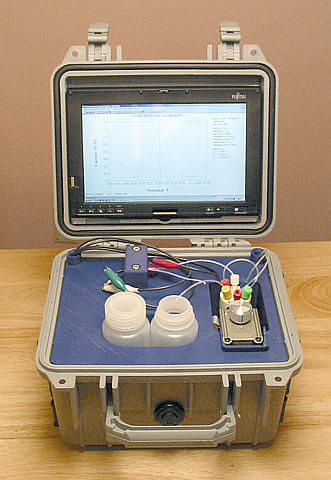
New sensor system improves detection of lead, heavy metals - PNNL develops inexpensive portable detection system for rapid, accurate analysis of toxic metals

Laser metronome achieves record synchronization - First attosecond timing in a kilometre-wide laser-microwave network
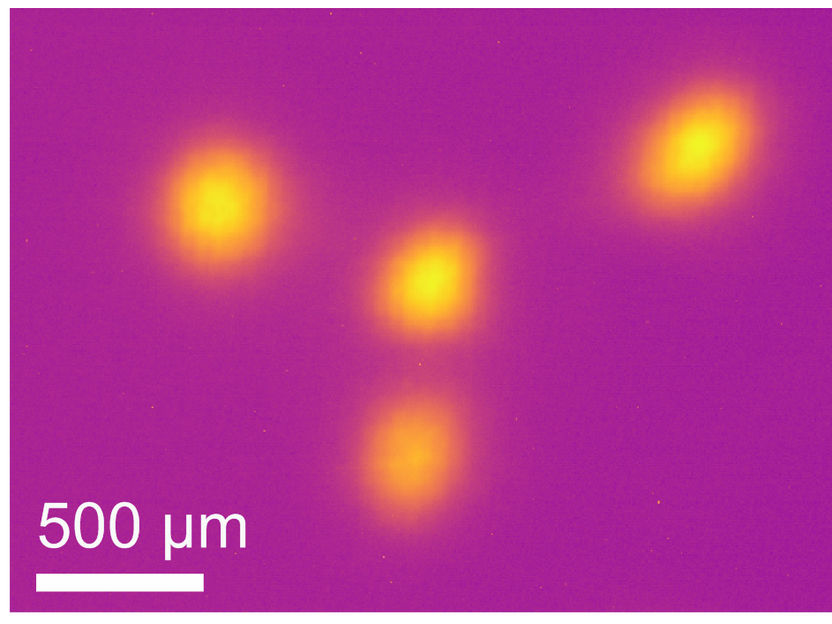
Ultra-fast switching of helicity of circularly polarized light pulses - The ultra-fast change of light helicity is particularly interesting to observe processes in magnetic materials
New X-ray procedure offers insights into iridium compounds for practical applications - Exotic properties
